Increased Online Shopping
The rise of e-commerce has significantly impacted the ready to-eat-meals market, as more consumers turn to online platforms for their grocery shopping. This shift is particularly pronounced among younger demographics, who prefer the convenience of ordering meals online. Data suggests that online grocery sales in the US have surged, with ready to-eat-meals being one of the fastest-growing categories. This trend is likely to continue, as consumers appreciate the ability to compare products, read reviews, and have meals delivered directly to their homes. Consequently, manufacturers and retailers are increasingly investing in their online presence and logistics to capture this growing segment of the market.
Diverse Dietary Preferences
As consumer awareness of dietary needs and preferences expands, the ready to-eat-meals market is adapting to accommodate a variety of lifestyles. There is a notable increase in demand for meals that cater to specific dietary restrictions, such as gluten-free, vegan, and low-carb options. This diversification is not merely a trend but appears to be a fundamental shift in consumer behavior. Data indicates that the market for plant-based ready to-eat-meals has seen a growth rate of over 20% in recent years, reflecting a broader acceptance of alternative diets. Consequently, manufacturers are innovating to create meals that not only meet these dietary requirements but also maintain taste and quality, thereby enhancing their appeal in a competitive market.
Evolving Consumer Preferences
Consumer preferences in the ready to-eat-meals market are evolving, with a marked shift towards healthier and more nutritious options. This change is driven by an increasing awareness of the impact of diet on overall health and well-being. As a result, many consumers are seeking meals that are lower in sodium, sugar, and unhealthy fats. Recent surveys indicate that approximately 70% of consumers are willing to pay a premium for meals that are labeled as healthy or organic. This trend is prompting manufacturers to reformulate existing products and develop new offerings that align with health-conscious consumer demands, thereby reshaping the competitive landscape of the ready to-eat-meals market.
Innovative Packaging Solutions
Packaging plays a crucial role in the ready to-eat-meals market, as it not only preserves food quality but also enhances consumer convenience. Recent innovations in packaging technology, such as vacuum sealing and microwave-safe materials, are making it easier for consumers to prepare meals quickly and safely. Additionally, eco-friendly packaging options are gaining traction, as consumers become more environmentally conscious. Research indicates that approximately 60% of consumers prefer brands that utilize sustainable packaging. This trend is prompting manufacturers to invest in research and development to create packaging solutions that are both functional and environmentally friendly, thereby aligning with consumer values and enhancing brand loyalty in the ready to-eat-meals market.
Convenience and Time-Saving Solutions
The increasing pace of modern life has led to a growing demand for convenience in meal preparation. Consumers are increasingly seeking ready to-eat-meals that require minimal preparation time, allowing them to balance work and personal commitments effectively. In the ready to-eat-meals market, this trend is reflected in the rising sales of single-serve and microwaveable options, which cater to busy lifestyles. According to recent data, the convenience food segment, which includes ready to-eat-meals, is projected to grow at a CAGR of approximately 5.5% over the next five years. This shift towards convenience is likely to drive innovation in product offerings, as manufacturers strive to meet consumer expectations for quick, nutritious meals that fit seamlessly into their daily routines.


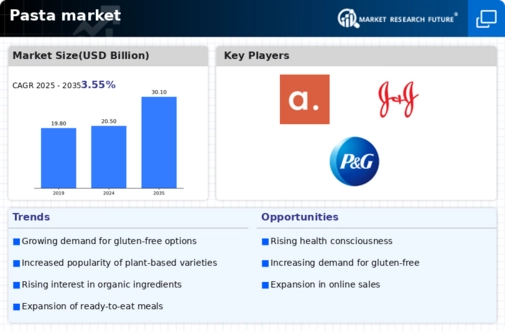
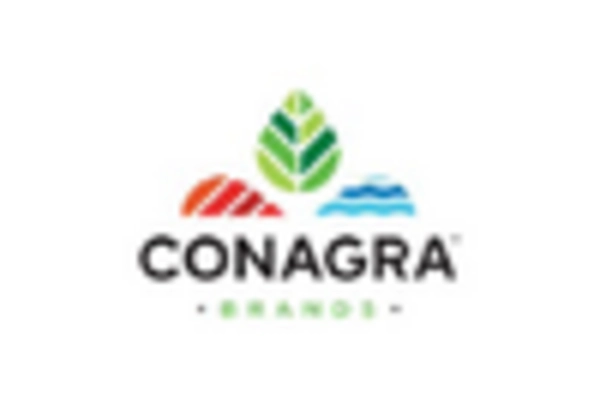
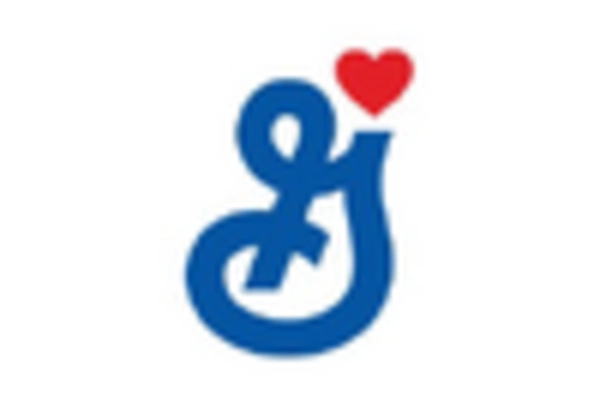
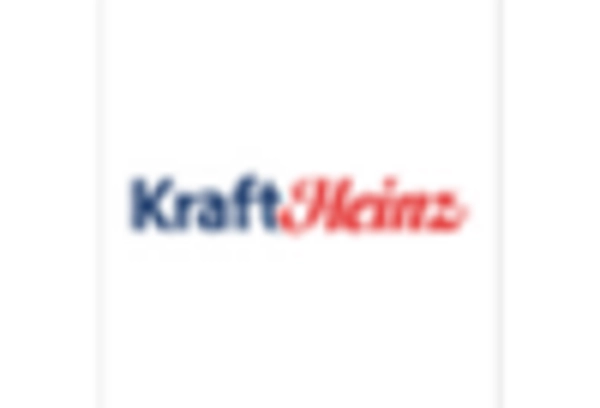

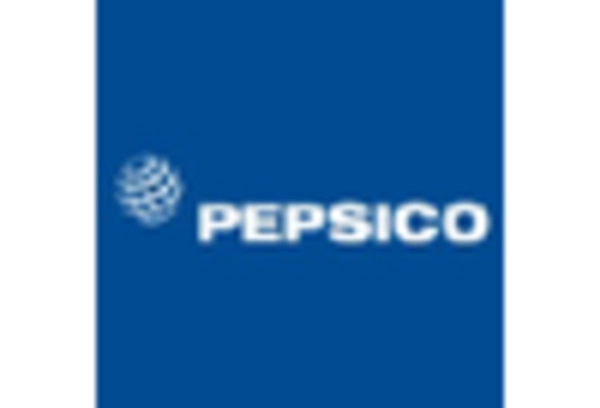









Leave a Comment